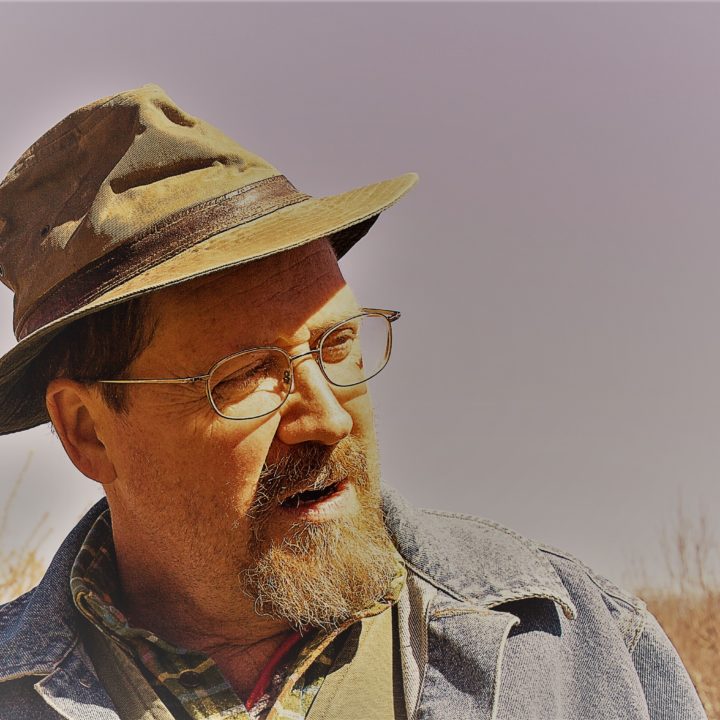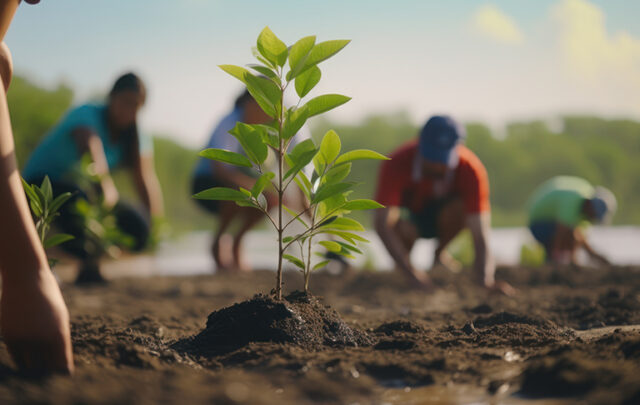History may not repeat itself, but it does rhyme. — Mr. Twain

Light on the farm from the setting sun, after a storm.
Our phone has been ringing off the hook, again, and we are glad. But now I have some questions without ready answers.
In the wake of the 2008 Great Recession, small farms did, if not actually thrive, at least fare better than they had for some years before. The population, already primed by Michael Pollan and Food, Inc., deluged us with requests for sides of pork, quarters of beef, whole lamb, chicken, eggs, and produce. We held workshops on foraging mushrooms and raising hogs. We conducted classes on butchering chickens that had real estate agents lined up next to home-school moms, waiting to wield a knife on a live chicken. The job loss, the foreclosures, the crash of the banks — the societal disruption was such that virtually everyone feared being relegated to living a quasi-medieval life before that year or the next was out. For the first time in a long time people thought and acted local. That lasted for a few years.
I have been thinking about that time in this current crisis: What does the future post-COVID-19 hold for small farms? Where will the small farm fit into the economy, or, more to the point, which economy will the small farm fit into? Because, like history, an economy ain’t static.
A recent NYT article mentioned offhandedly that Americans eat 75 percent of their vegetables at restaurants. That stat shows the outsized impact of our consumer economy on what used to be a family or communal experience, that is, whether it be sitting down to shell beans or break bread. We have, in one generation or two, outsourced the love and care of food preparation and delivery to businesses. (Which begs the question of what the heck is in those veggieless home-cooked meals.)
Dan Barber, in his 2014 book The Third Plate, spent several hundred pages eloquently reimagining the dinner plate of the future at his elegant Blue Hill restaurant. One of the questions that still rattles around in my brain is, Does a future knocked from its pedestal by global catastrophe —pandemic, climate change, collapsing resources — really allow for high-end restaurants? Or, indeed, for restaurants at the scale we have today?
A local producer’s economy (or as it is now fashionable to say, the maker’s economy) remains only a twee option in the global consumer economy. I’ve written too many times about the customer seeing “local” as a consumer’s choice: “I bought some lovely pork chops from Winged Elm Farm, honey. Run to Costco and pick up the rest of the meal’s ingredients.” While that “choice” continues, most small farms will be but a rhetorical flourish for the politician, the food writer, and the conversationalist at the restaurant dinner table, a footnote on the farm-to-table menu that proudly announces sourcing local ingredients “when available.”
Small farm culture simply is not relevant in large-scale capitalist or command economies. Indeed, it exists in the margins of most economic models; it endures, in moments of time, as a particular cycle of history expands or contracts. The census used to have a category for the “self-sufficing farm,” an entity that produced the majority of a family’s needs and bartered in a primarily cashless economy for the remainder. That model, while not so sexy to policy planners, politicians, or, frankly, you and me, is closer to how most small farms have existed across the centuries, across the continents. Perhaps the small farm thrives when there is minimal choice?
One day next month or next year, this particular crisis will pass, no doubt. But it has left exposed the limits of global supply chains. It is encouraging that those limits are now being questioned. Yet, I do not hold my breath that good questions or good answers will change our trajectory as a species. Just as likely is that the planet will make the choices for us. Then the question becomes not Where does the small farm fit into the economy? but instead, How does the larger population learn to live a life of reduced choices?
Older farmers in this valley recall that growing up, an egg man used to come around twice a week to collect eggs. He would take them to sell to the family-owned grocery store in the nearest town. He provided some much-needed cash for the farms to buy what they did not themselves produce.
Maybe that is the best outcome we might hope for. When the clearest sign that we have launched ourselves on a new and better course is that one fine spring day, as we are hoeing in our gardens, we hear the sound of the egg man coming up the drive, once again.






